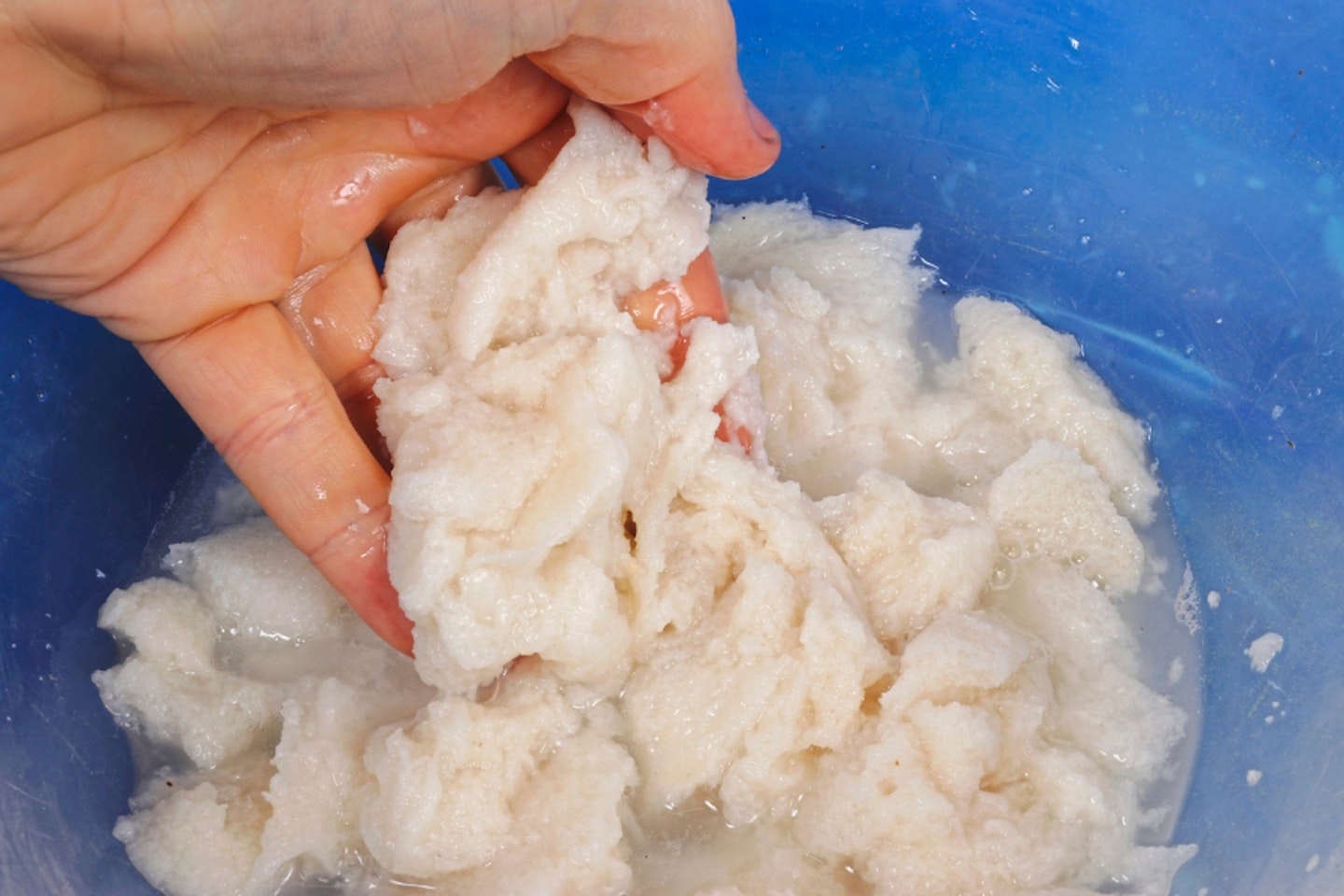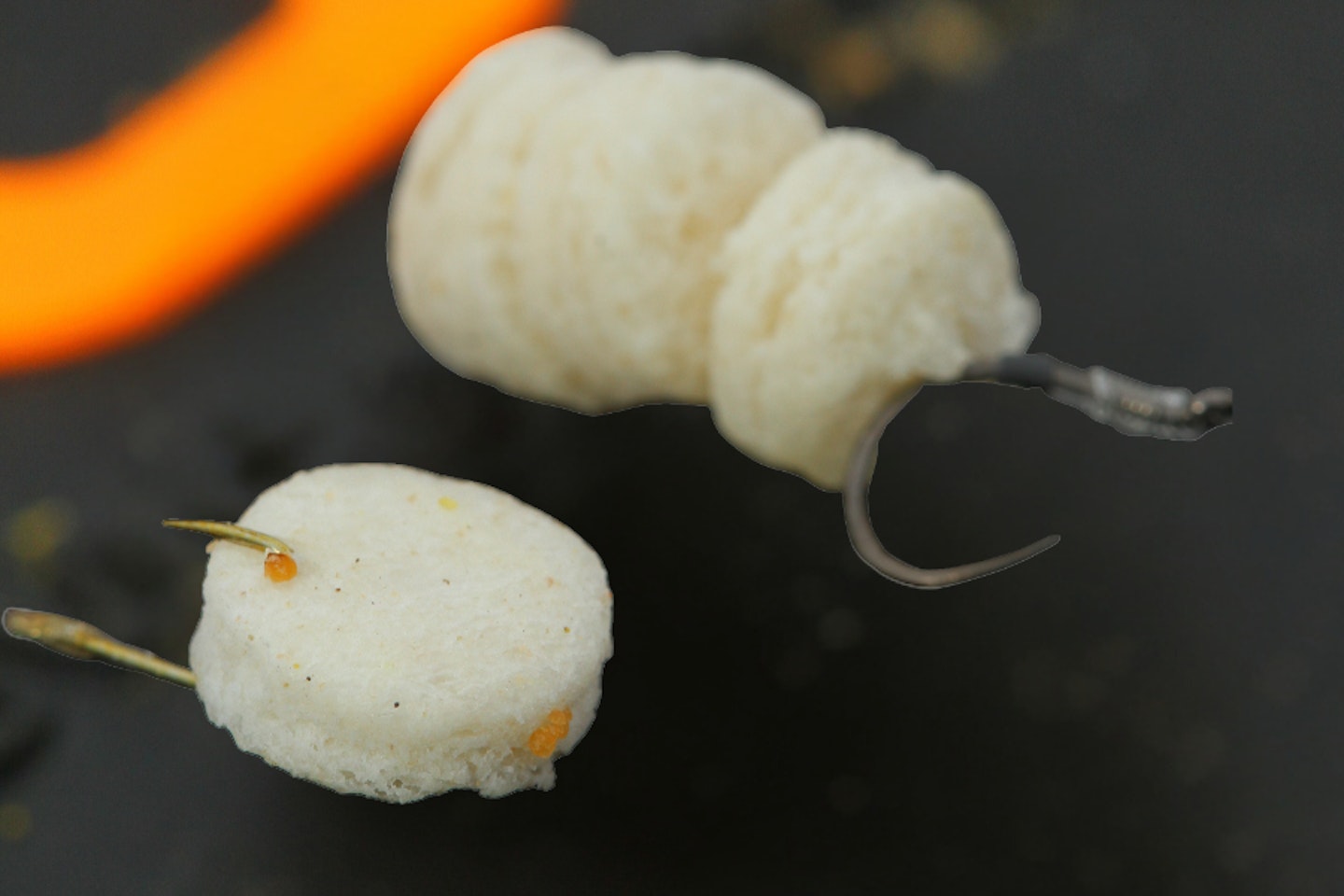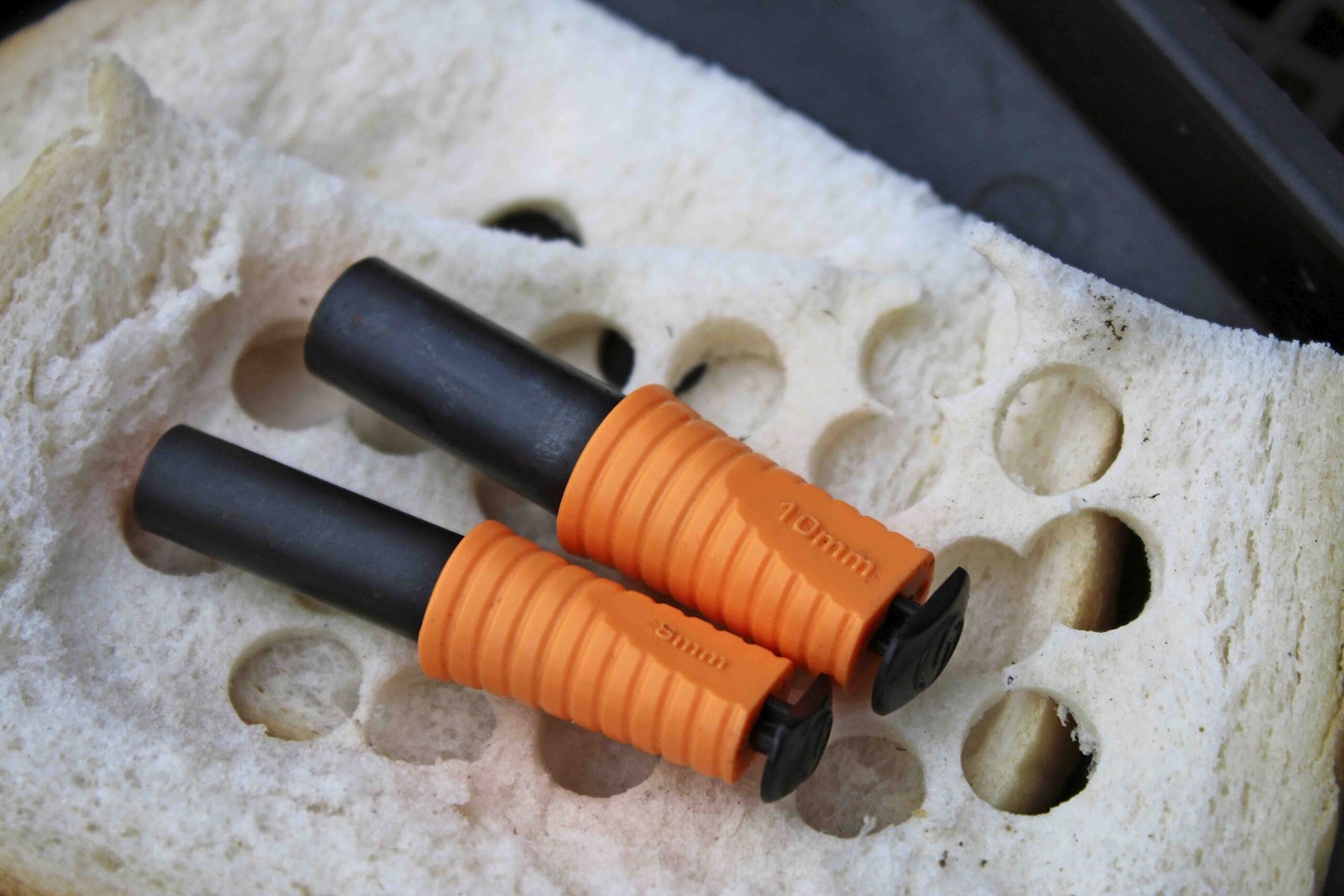As winter wraps its frosty fingers around us, a go to bait on the bank is none other than the modest loaf of bread. This versatile bait shines brightest in the iciest conditions. Let's unravel the art of exploiting bread in three dynamic ways during your winter fishing trips.
Bread as feed on the river
Feeding bread in river fishing is a winter ace up your sleeve. It can be carried downstream, luring fish towards your fishing spot.
Think about the depth and current. In shallower waters (up to 4ft) with a manageable flow, simple bread works like a charm. For stronger currents or deeper areas, consider enhancing your bait with brown crumb to craft quick-sinking balls. Other options like Sonubaits groundbait and pellet binder, Horlicks or instant potato serve as fantastic additives, providing density and creating an intriguing cloud effect in the water.
Here's the process:
Rip the bread into small chunks, soak in water for approximately 10 minutes. Squeeze it through a fine mesh net or carp sack to eliminate surplus water and fine particles, a fine riddle or sieve will do the trick if you don't have the prior. For feeding in shallow water, squishing the bread into balls and feeding allows the bait to sink swiftly but disintegrate quickly and drift downstream. For deeper waters, add your chosen binding ingredient, brown crumb, sonubaits groundbait and pellet binder, Horlicks or instant mashed potato. Experiment to discover the most effective combination.
CHUB LOVE MASHED BREAD, CHECK OUT THE BEST RODS TO CATCH THEM WITH IN OUR BUYER'S GUIDE.

Bread as a hookbait
Flake as a river fishing bait is a winner; a piece roughly the size of a 50p coin does the job. Visualise the size of a chub or barbel's mouth, and suddenly, it's not a large bait at all. Pair your hook size with your bait: a size 10 to 12 hook is perfect for larger baits, while a size 14 matches a punch of up to 10mm.
For commercial fishing, larger punched bread often outperforms flake. The compression from the punch ensures the bread stays on the hook, even when lightly hooked.
Although flake might linger better on the hook when pinched, it lacks the soft, neutrally-buoyant quality that seems to attract fish. I find using a 10mm bait punch and stacking 2 or 3 on a hair is by far the best way to present bread. You can easily enhance the attraction with liquids or glugs, especially when fishing commercials on a straight lead or dobbing on the pole.
THE BEST LIQUIDS, ADDITIVES AND BAIT BOOSTERS CAN REALLY ENHANCE YOUR FEED AND HOOKBAITS

Bread, compacted for convenience and effectiveness
Ever considered compressing your bread bait? It's easier to hook and punch. Start with a high-quality loaf, my preference being a white Warburtons Toastie loaf.
Cut off the crusts, give them a quick 15 to 30 second warm-up in the microwave, then flatten with a rolling pin. Once flattened, store in a sealed container or your reliable punch box. Tear or punch these compacted pieces for hooking or hair rigging. Once they hit the water, they'll expand into a soft, swollen, irresistible bait that fish can't ignore. Give it a go.
DOBBING IS FAR EASIER IF YOU ARE USING ONE OF THE BEST FISHING POLES.

